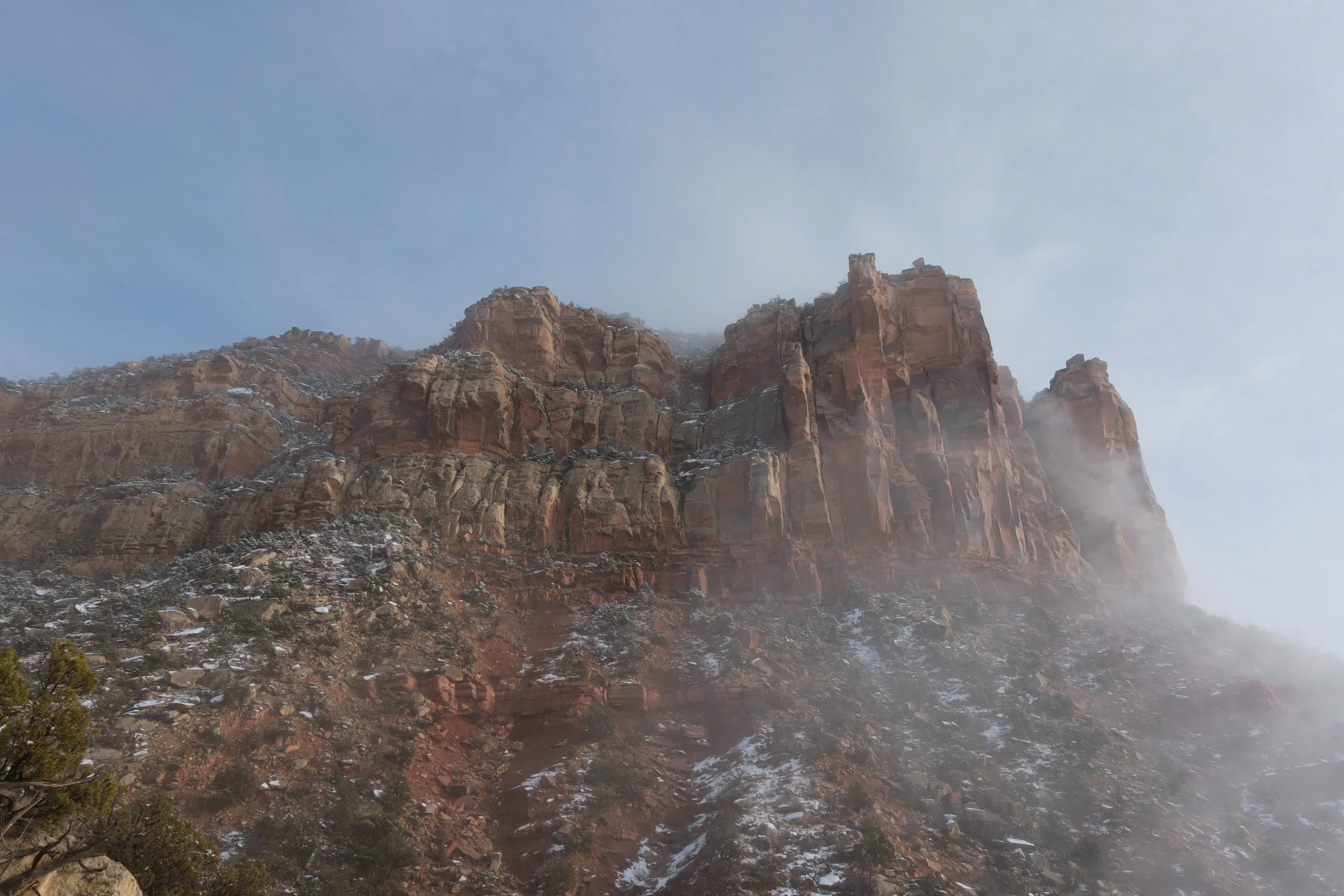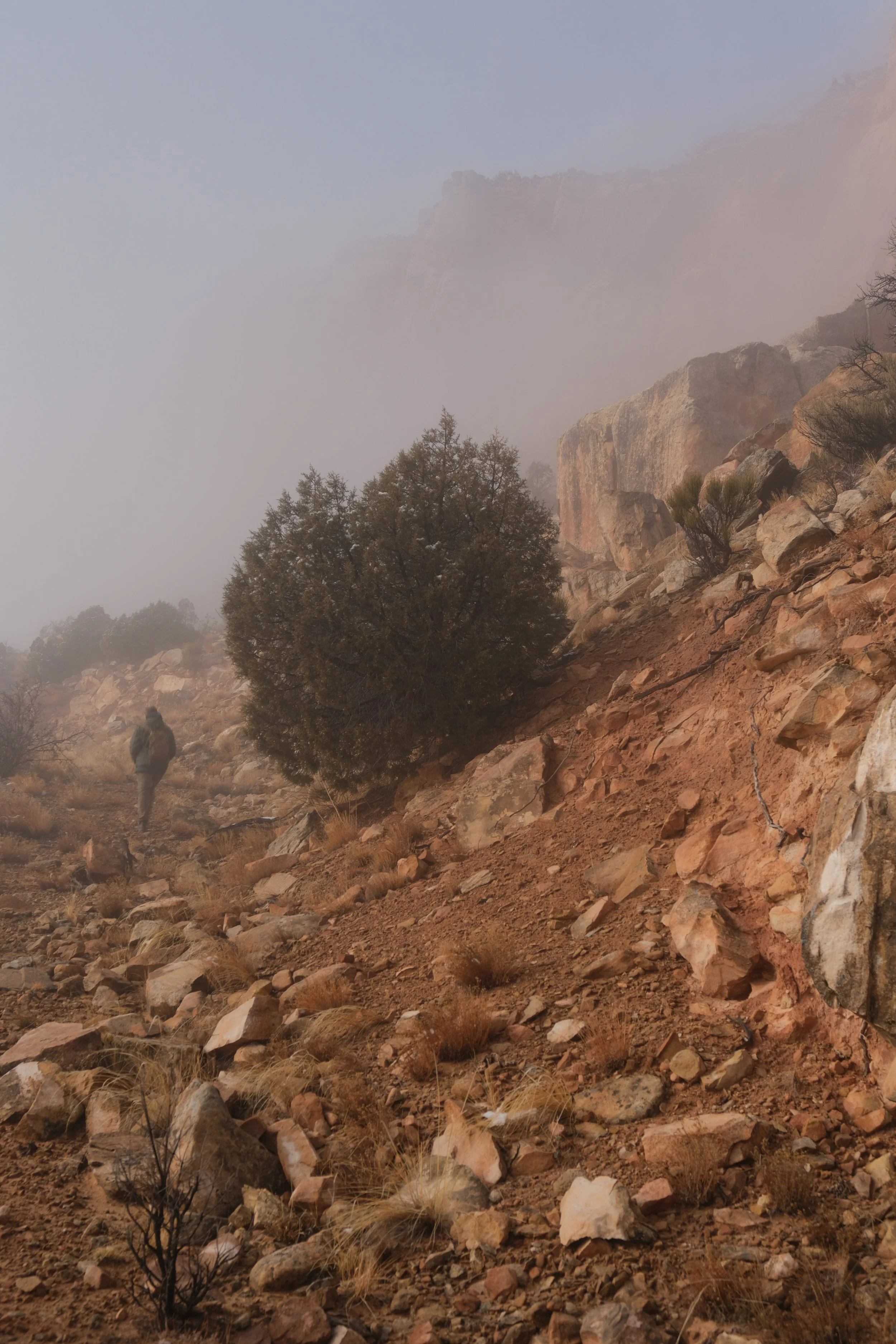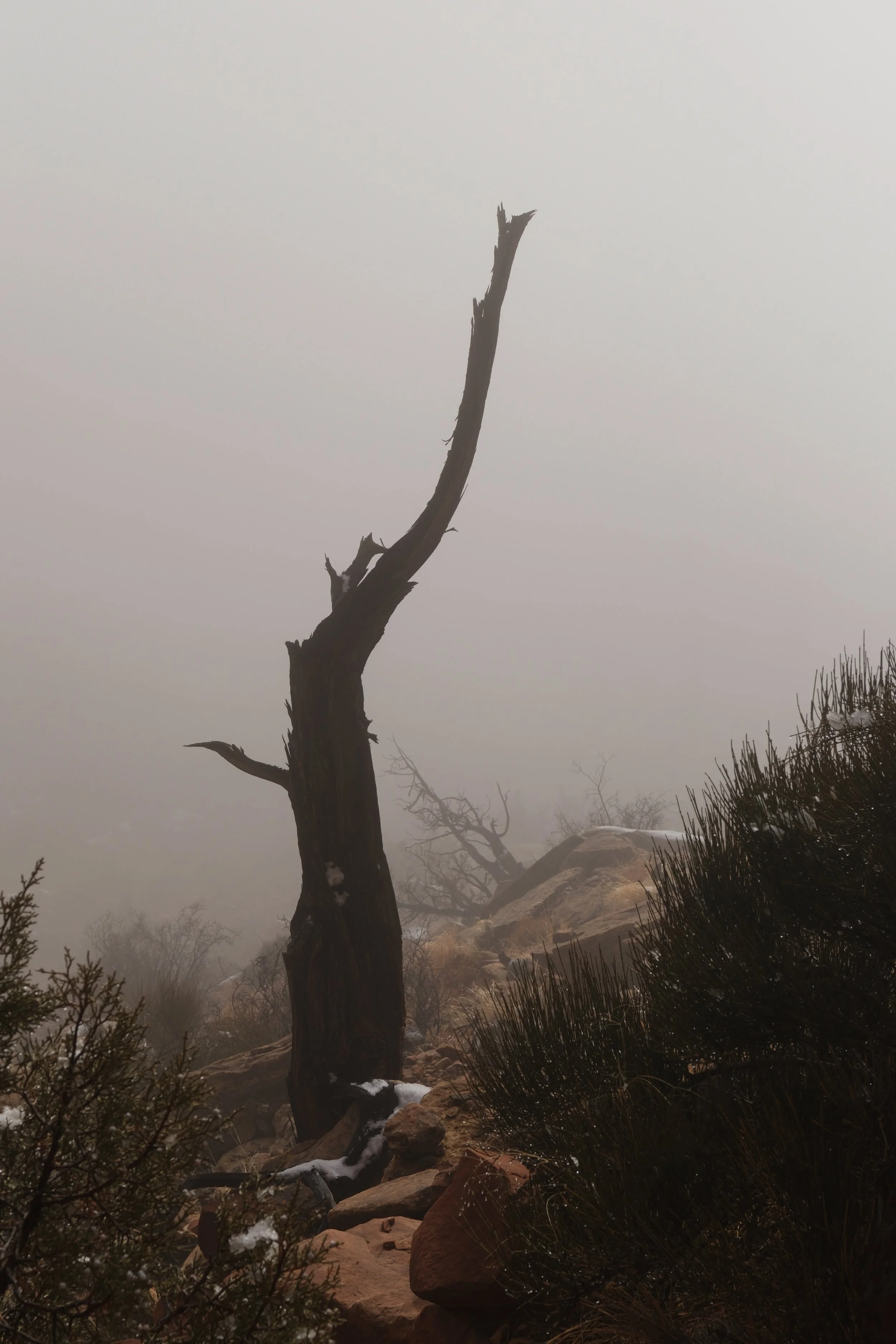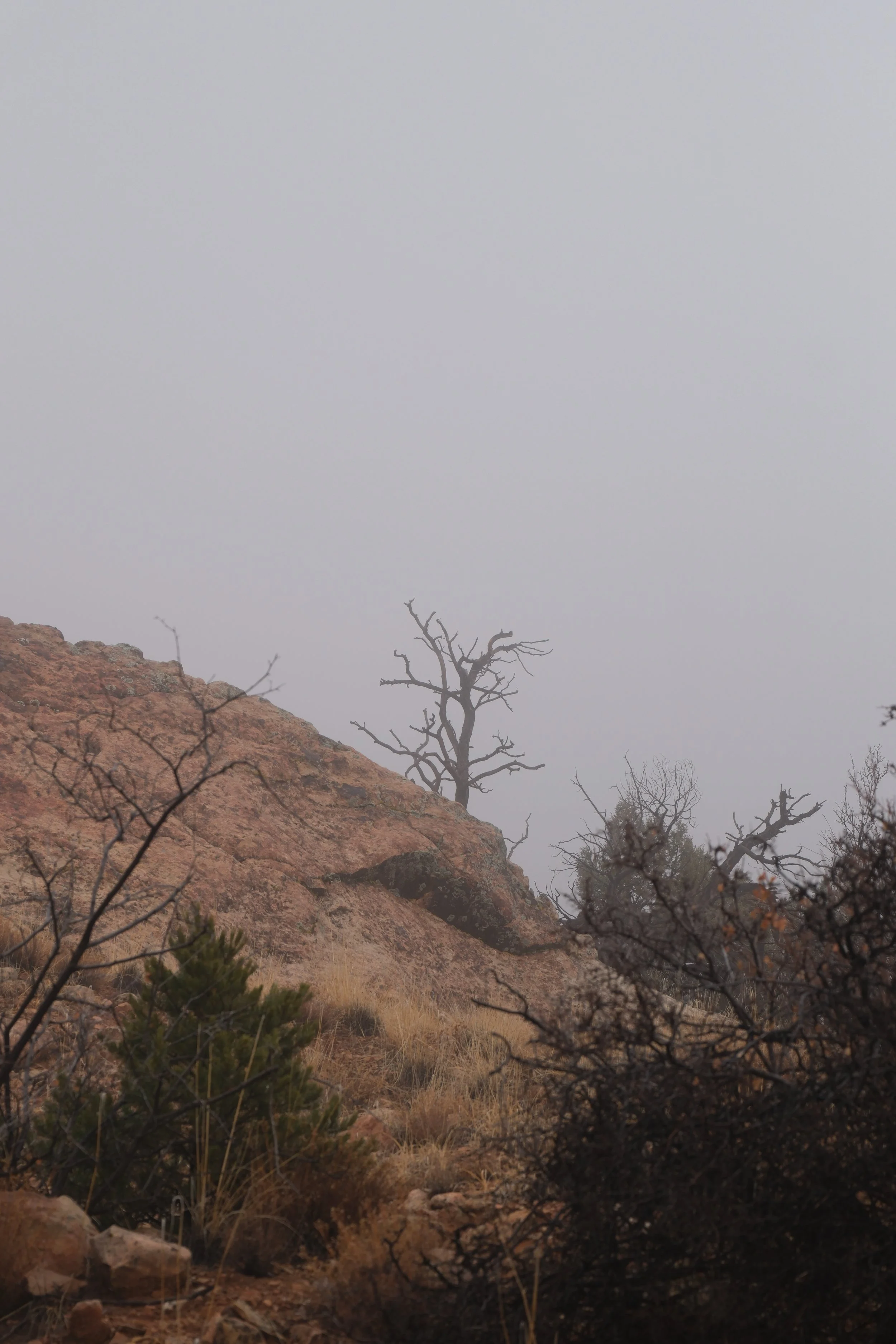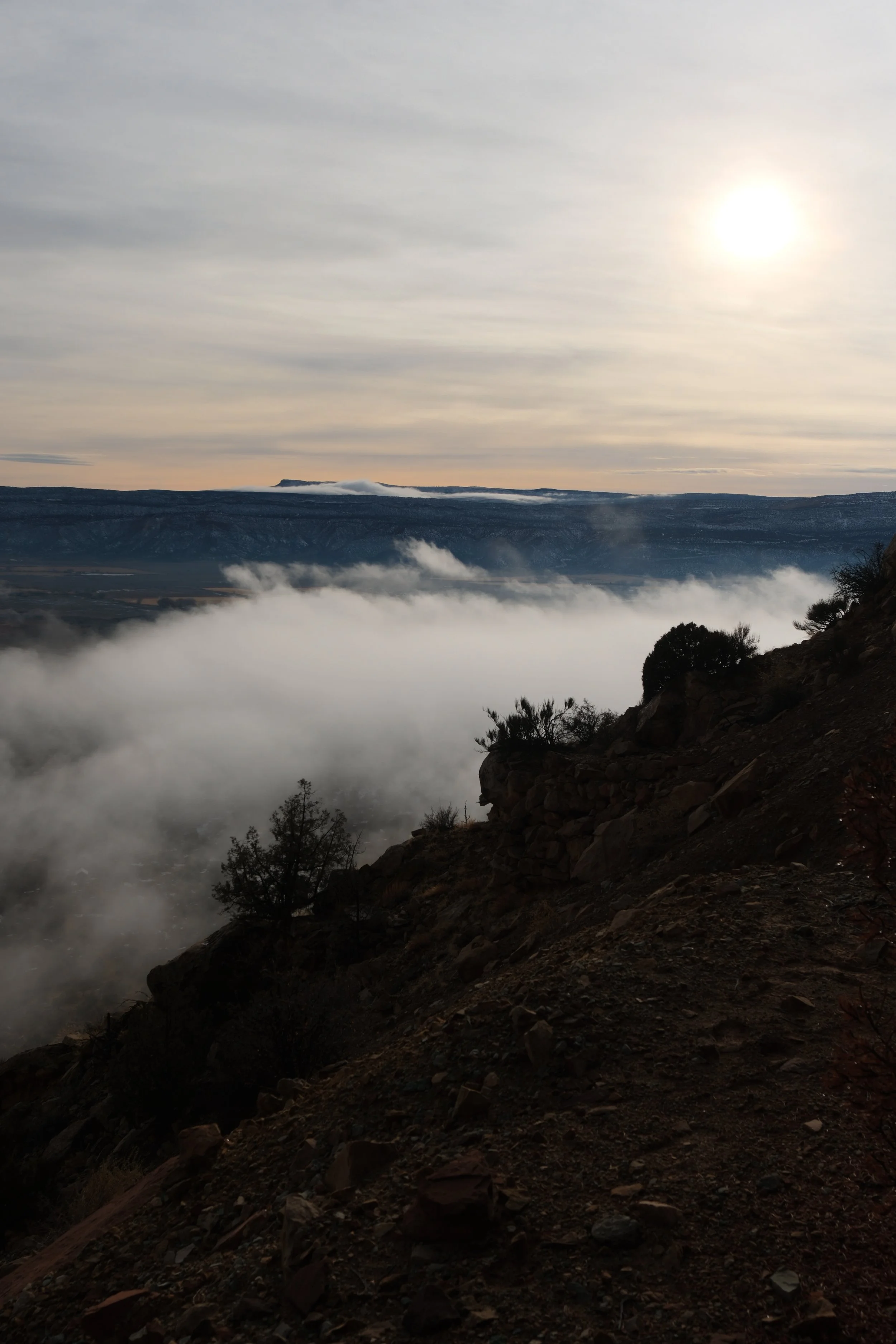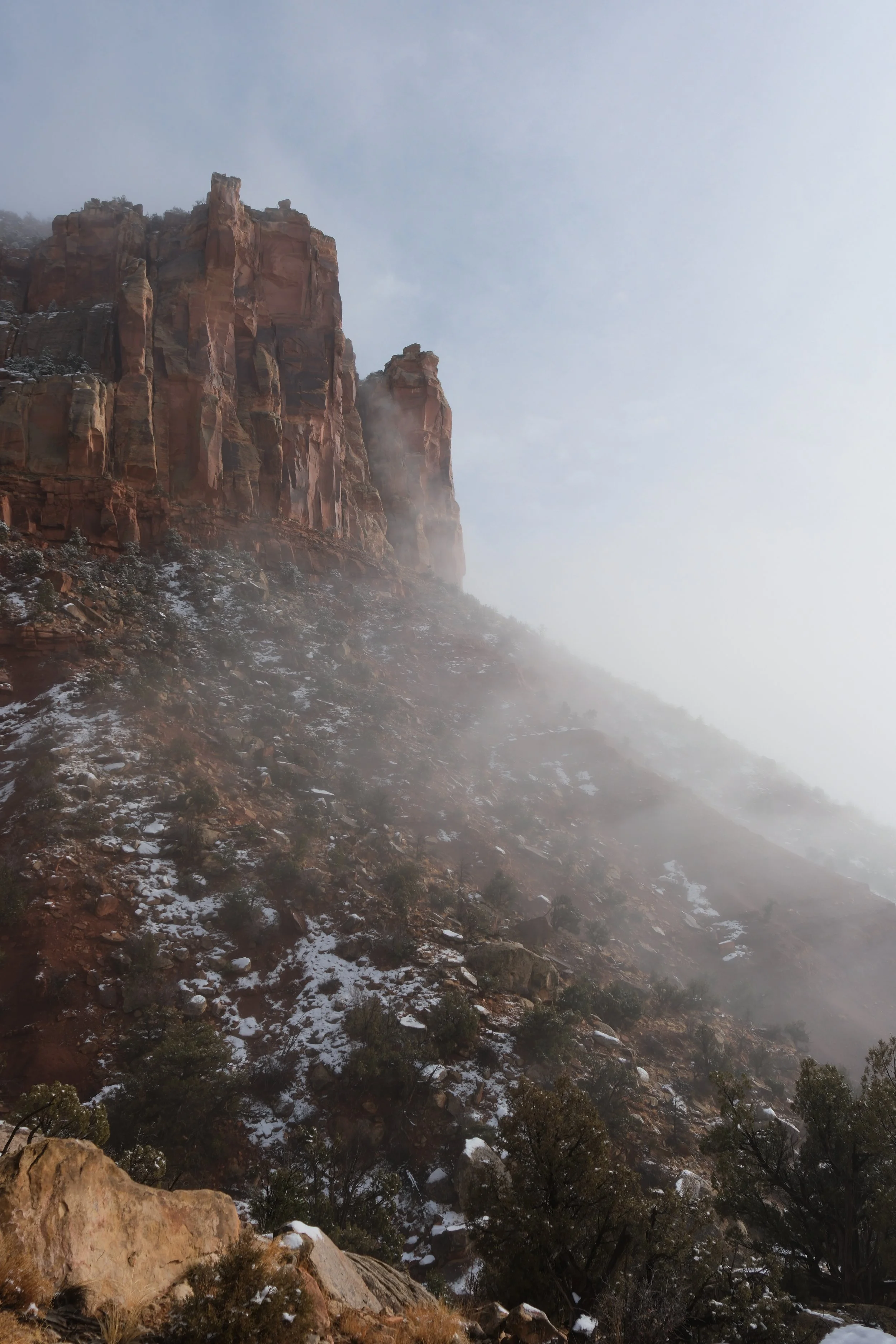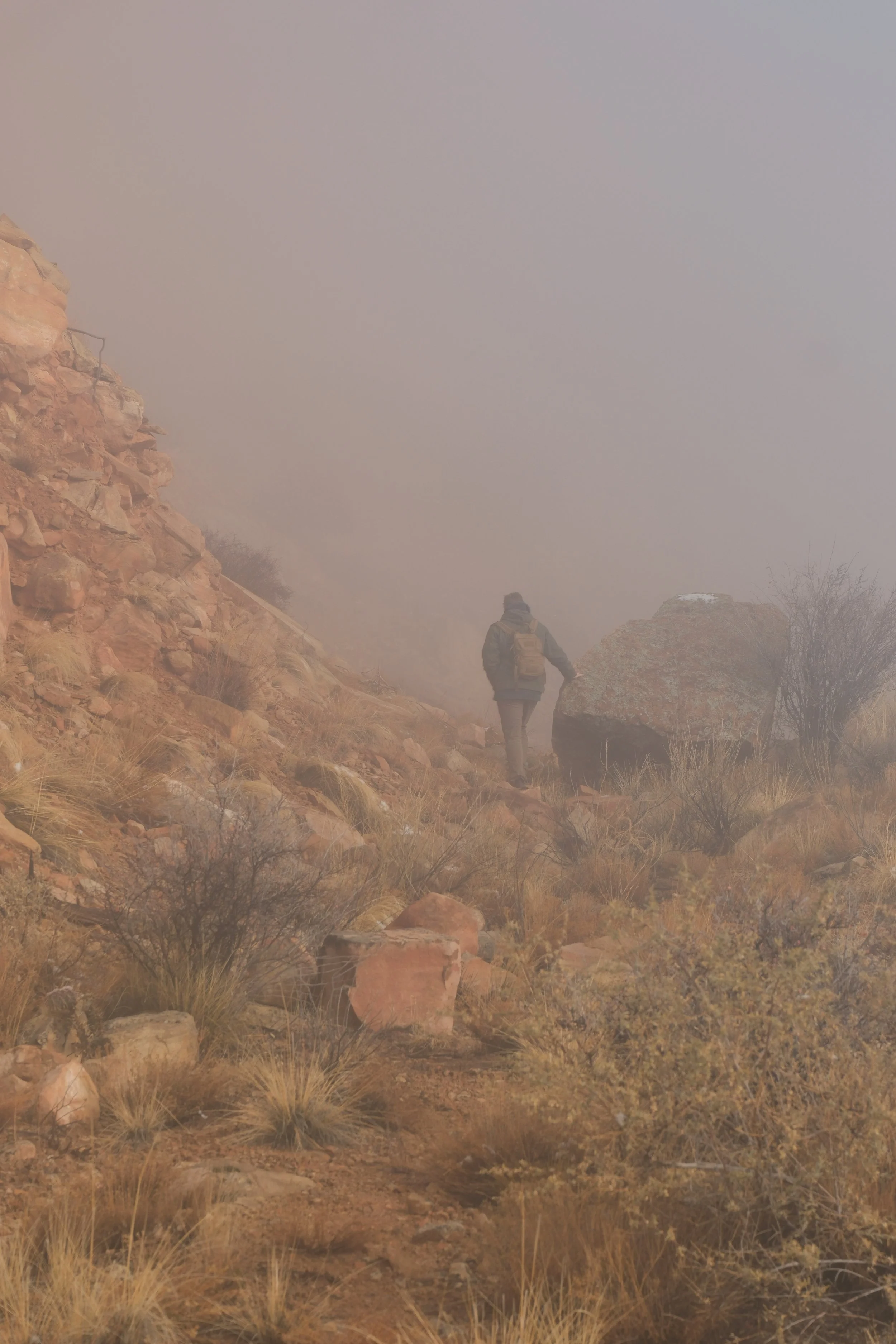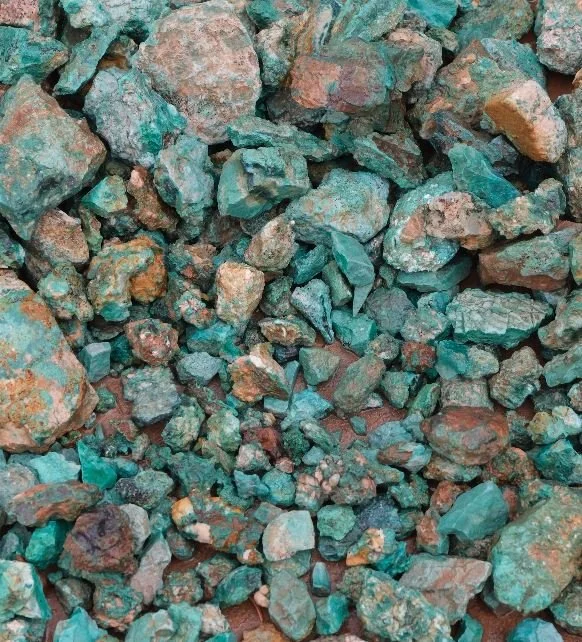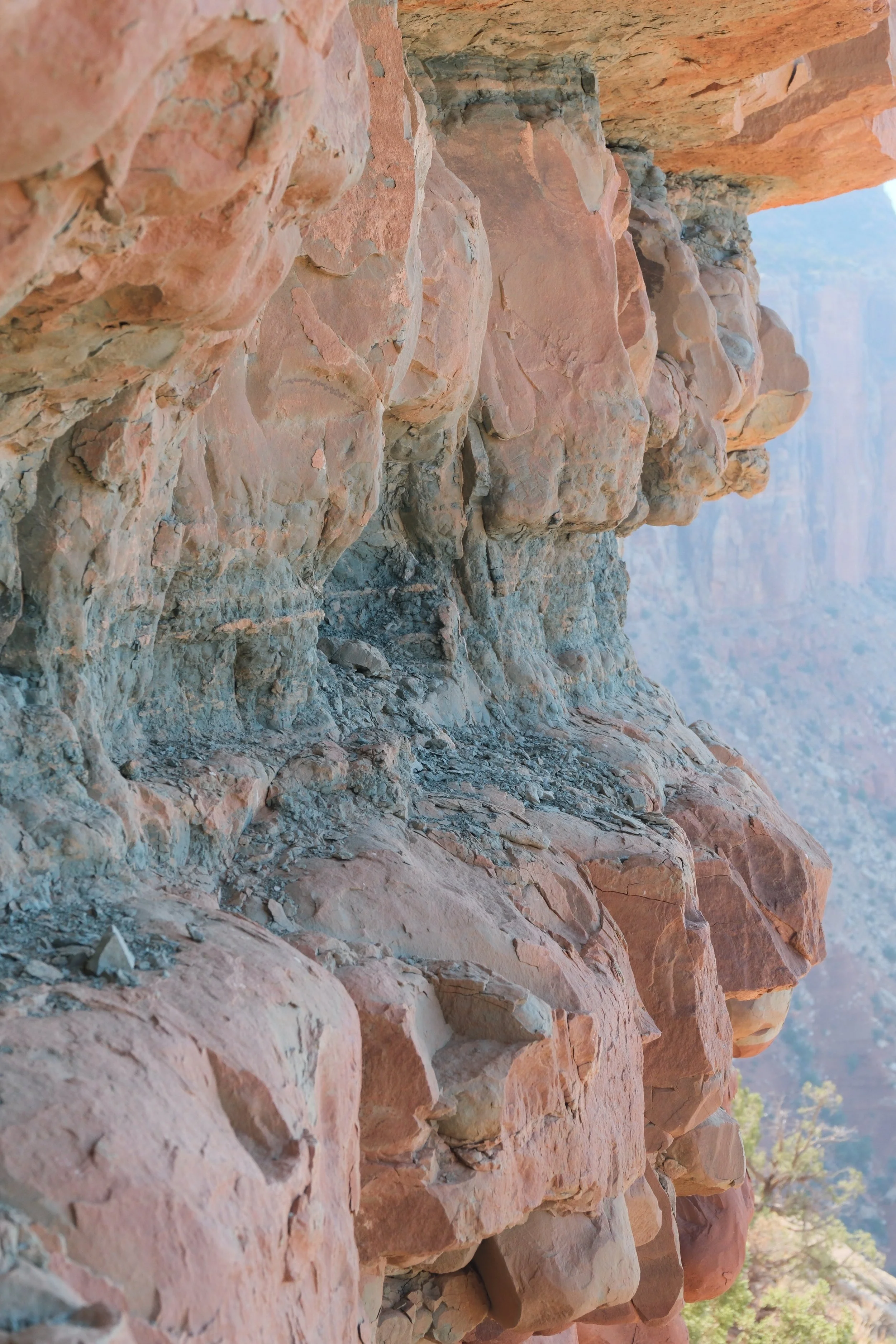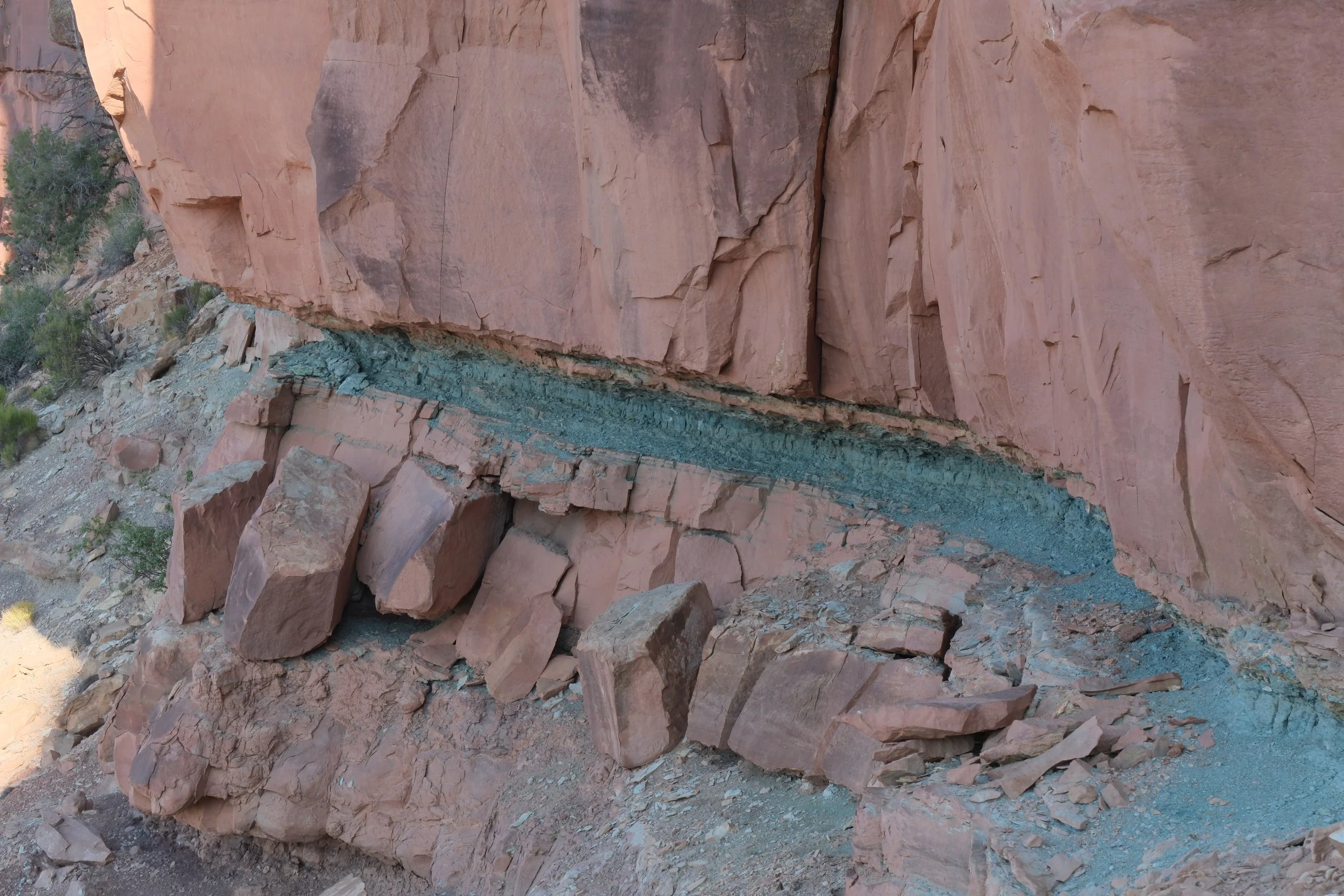Each glaze I create with malachite reflects the natural beauty of the mineral while remaining safe and functional for everyday use.
Is Malachite Toxic?
Malachite, a beautiful green copper-based mineral, is sometimes considered toxic—but only in its raw, powdered form. When working with malachite, I take careful safety precautions during the milling process, using proper protective equipment and ventilation to avoid exposure to fine dust.
Once incorporated into my glazes and fired in the kiln, the malachite becomes part of the glassy surface, locking in the copper safely. Finished ceramic pieces are completely safe to handle and use, with no risk of toxicity.
What Makes a Glaze Food-Safe?
The question of what makes a glaze food-safe often brings about differing opinions. In my approach, I’ve learned a lot by consulting experienced potters with extensive knowledge in glaze formulation and researching studies on the topic. The main factor in determining whether a glaze is food-safe is the stability of the glass that forms during the kiln firing. If the glass is unstable and leaches over time, the glaze becomes unsafe for food use.
There are several factors that can make a glaze non-food-safe:
Leaching of harmful substances: The glass must not leach toxic elements like lead or cadmium.
Proper firing: Glazes should be fired at the right temperature for the correct amount of time to ensure they bond correctly to the ceramic surface.
Non-toxic ingredients: Avoid using ingredients with harmful substances, like lead.
To test the stability of my glazes, I conduct an acid test. I soak my test pieces in acid for days to observe how the glaze reacts. If the glaze shows no change after prolonged exposure to acid, it indicates that the glass is stable and will not leach harmful substances.
Is Crazing Food Safe?
Crazing occurs when the glaze shrinks more than the clay body during cooling, leading to tiny cracks in the glaze. It's a common feature in my pottery, and it raises the question: Is crazing food-safe?
The short answer is: It depends. If you ask 100 potters, you'll likely get 100 different opinions. Personally, I believe that in most cases, crazing doesn’t pose a problem for food safety. People have been using pots with crazing for hundreds of years without known negative effects. In fact, even pots from big box stores often have crazing, but they are still marketed as food-safe.
However, if you’re still concerned about it, I recommend reading the article from Ceramics Monthly, which addresses this topic in depth. It’s a great resource for those interested in understanding the potential impacts of crazing on food safety.
You can find the article here:
Dirty Dishes - Ceramics Monthly
Processing malachite can be both challenging and time-consuming. This video showcases the use of my ball mill, which I use to crush malachite into a fine powder, ready for use in my glazes.
Walking up to the malachite mine to collect the vibrant green stones.
A pile of malachite ore, gathered from the centuries-old mining site at the base of the cliff.
Initially, my family and I enjoyed simply collecting pieces of malachite, along with other minerals due to their beauty. At one point, my father and I, even tried (unsuccessfully) to smelt some into copper using a primitive technique. I’m not sure where the idea came from to try using the malachite ore in the glazes, but I think it just came as a natural thought to me one day. The next time I was down at the property, I gathered a bunch of it, crushed it into a fine powder, and added it to a base glaze recipe, with no other colorants, to see what would happen…
I tried to find sources from other potters on how to make glaze using malachite but couldn’t find any. In fact, I couldn’t find any references of malachite use in ceramics. As a result, I just started to experiment by adding small pieces of malachite straight into the clay and by crushing it into a fine powder and making my own glazes from scratch. This trial-and-error process, led to some amazing results. I was so excited that I had been able to develop my own glaze recipes using malachite that not only worked but were beautiful.
How I developed my malachite glaze.
What is malachite?
Malachite is a copper carbonate hydroxide mineral [Cu2CO3(OH)2], that is opaque and green banded, that crystallizes in deep, underground spaces where the water table and hydrothermal fluids provide the means for chemical precipitation. Individual crystal formation is rare. The mineral was given its name due to its resemblance to the leaves of the mallow plant. Copper (Cu2+) gives malachite its green color. It’s been mined as early as 4,000 BC and was extensively mined 3,800 years ago in Britain using stone and bone tools. At the Timma Valley in Israel, malachite has been mined and smelted to obtain copper for more than 3,000 years. Malachite is often found with azurite, and the properties of the two are similar.
Malachite was used as a mineral pigment in green paints from antiquity until ~1800. It’s been used in decorative pieces such as vases and most recently for making copper through smelting (and in modern times by use of Sulfuric acid as a leaching agent). Historically, malachite was felt to have healing and protective properties and has been used to help with sleep, to ward off evil spirits, to protect from lightening and disease, to maintain health, and for success.
How do I get malachite?
My family owns a remote piece of land in Colorado that is in an area known historically for mining and has an old copper mine and calcite mine located in the 2,000-foot cliffs. Malachite pieces can be found in the old tailings left by miners who worked in this area long ago. We also find pieces in the gorge below the copper mine where runoff from rain deposits them.

